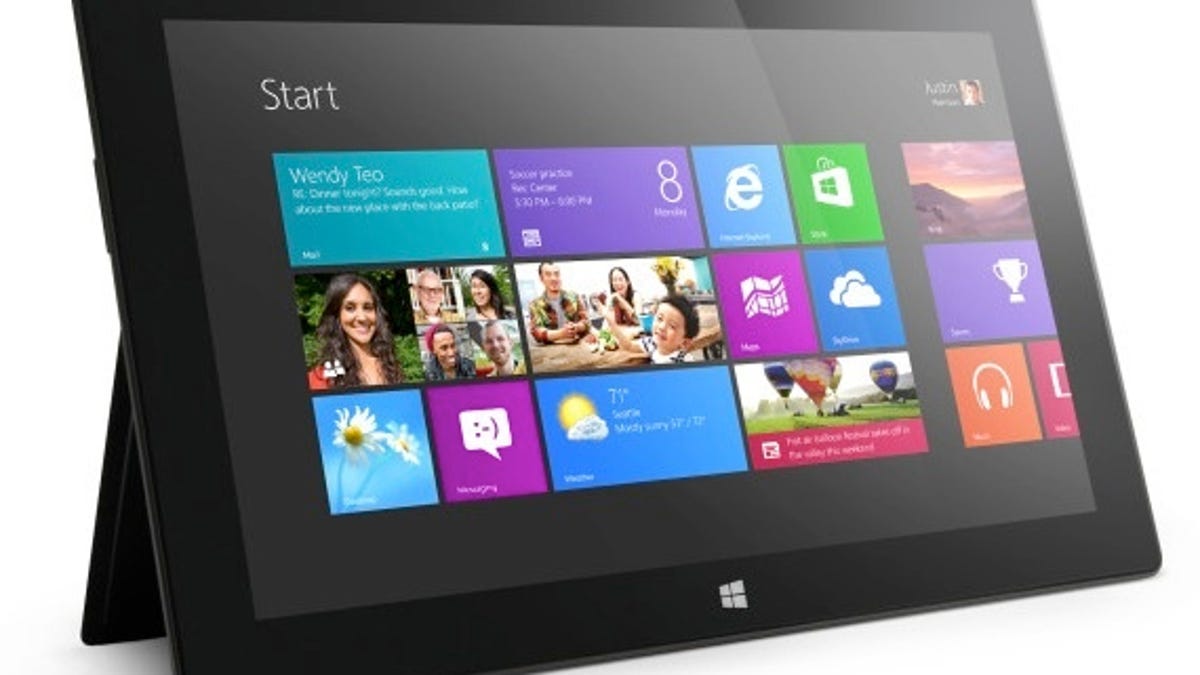Intel says Haswell chip to go into thinner, lighter devices
Intel is trying to make its Haswell chip more tablet friendly.

Intel will continue to cut the power consumption of Core-branded chips to get its mainstream silicon into thinner and thinner devices.
The chip giant said today that it will shave the power envelope of its 4th Gen Core processor, aka "Haswell," down to a rating of 4.5 watts. Intel calls this yardstick Scenario Design Power (SDP).
Intel previously had disclosed at Computex in June that the lowest Scenario Design Power rating for Haswell would be 6 watts. This indicates that it has made progress in ratcheting down the power consumption even more.
"It's the first fanless Core processor," an Intel spokesperson told CNET. That's important because tablets -- one of the fastest-growing device markets -- are fanless.
Laptops -- Intel's mainstay market -- on the other hand, almost invariably come with fans to keep the systems cool and, accordingly, have to be thicker and heavier to accommodate the fans.
For consumers, more-power-efficient Haswell processors mean thinner, lighter laptops and hybrid laptop-tablets -- many presumably running Windows 8.1 and some thin enough to be fanless. Whether PC makers would use the low-power Haswell chip in a pure tablet design is not clear at this time.
Most future Intel-powered Windows tablets are expected to use the "Bay Trail" Atom chip. Bay Trail is part of the new Silvermont Atom family, Intel's most power frugal design -- aimed at fanless devices like tablets and smartphones. Yet, it doesn't deliver the performance of Intel's mainstream Core Haswell chips.
The difference between a fan-equipped design and a fanless design is probably best illustrated by Microsoft's two Surface tablets. The Surface RT tablet is a fanless design that uses a power-efficient Nvidia ARM chip. The Surface Pro model is thicker and heavier and packs a fan to keep the more power-hungry Intel Ivy Bridge chip cool.
The low-power Haswell chip is expected to be available in limited quantities later this year.

